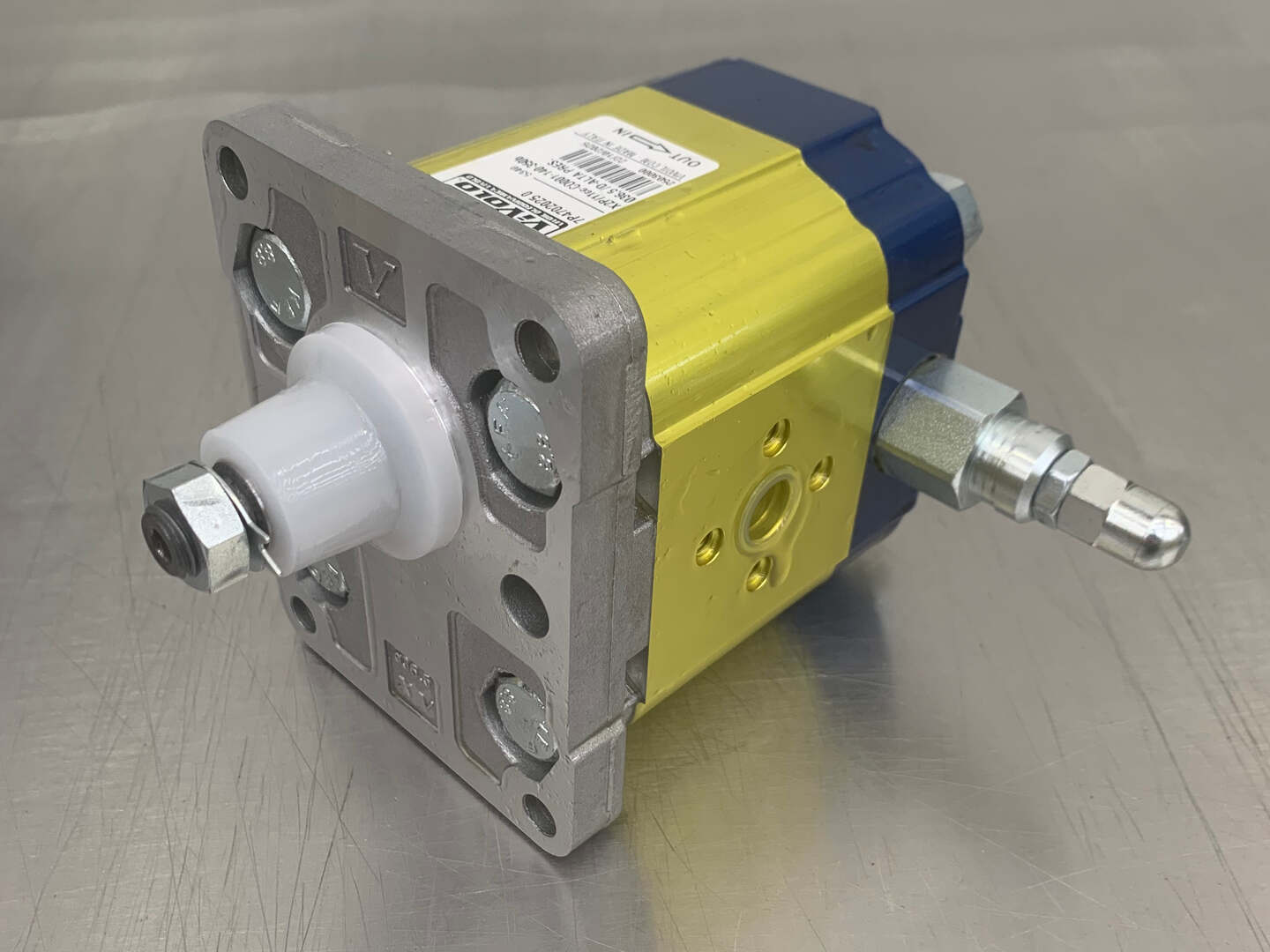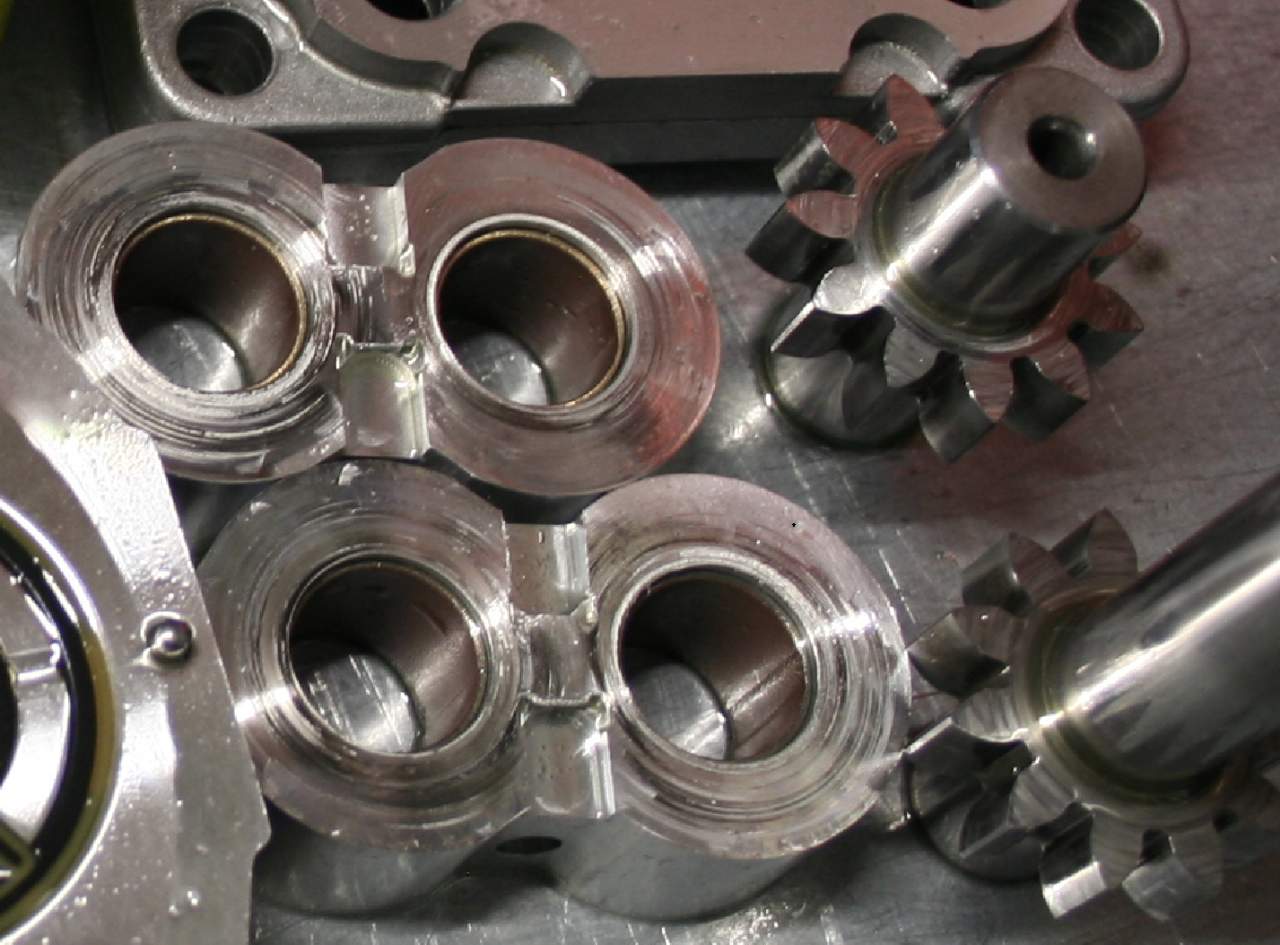
Is it possible for a pump with internal drainage to seize and overheat? This is a question we recently received from a customer.
The answer is yes — it can happen. When a pump has internal drainage, operation under relief conditions must always be kept very short. Otherwise, there is a real risk of overheating and damaging the pump.
Let’s see why, and how to prevent it — through a real case.
The case in brief
After installing a Vivoil pump equipped with a pressure relief valve and internal drainage, a customer contacted us because the unit had locked up.
They had tried to adjust the valve to reach the desired working pressure, but could not exceed 170 bar. After a few seconds, the pump overheated and seized.
Why does the pump seize and heat up?
In this case, the pump reported by the customer was a 6 cm³/rev model, designed for 1500 rpm operation. This type of pump handles an oil flow of about 9 liters per minute. At 170 bar, the hydraulic power that the pump transfers to the fluid is approximately 2.55 kW.
However, during valve calibration, the oil performs no useful work, and all that power is transformed into heat, which accumulates in the small amount of oil that circulates internally.
The result is a very rapid rise in temperature of the fluid, which can damage the pump’s internal surfaces and cause scoring on the gear supports, preventing the pump from building pressure.

Scoring on the gear supports of hydraulic pumps
How to prevent the pump from overheating
Pumps equipped with a relief valve and internal drainage can only operate under relief conditions for very short periods, which vary depending on flow rate and pressure.
To avoid damaging the component, we recommend:
- Adjust the valve externally, and only then reassemble it on the pump
- If external calibration is not possible, perform short pressure cycles by following these steps:
- Bring the pump up to pressure for a few seconds and record the pressure value
- Run the pump without pressure for a few seconds to allow the heated oil to return to the reservoir
- Adjust the valve
- Pressurize again to check the setting
- Repeat the cycle until you reach the desired pressure
Need help?
If you have a Vivoil hydraulic pump with internal drainage and a pressure relief valve, and you are unsure how to set it correctly, feel free to contact us.
We’re here to help!
